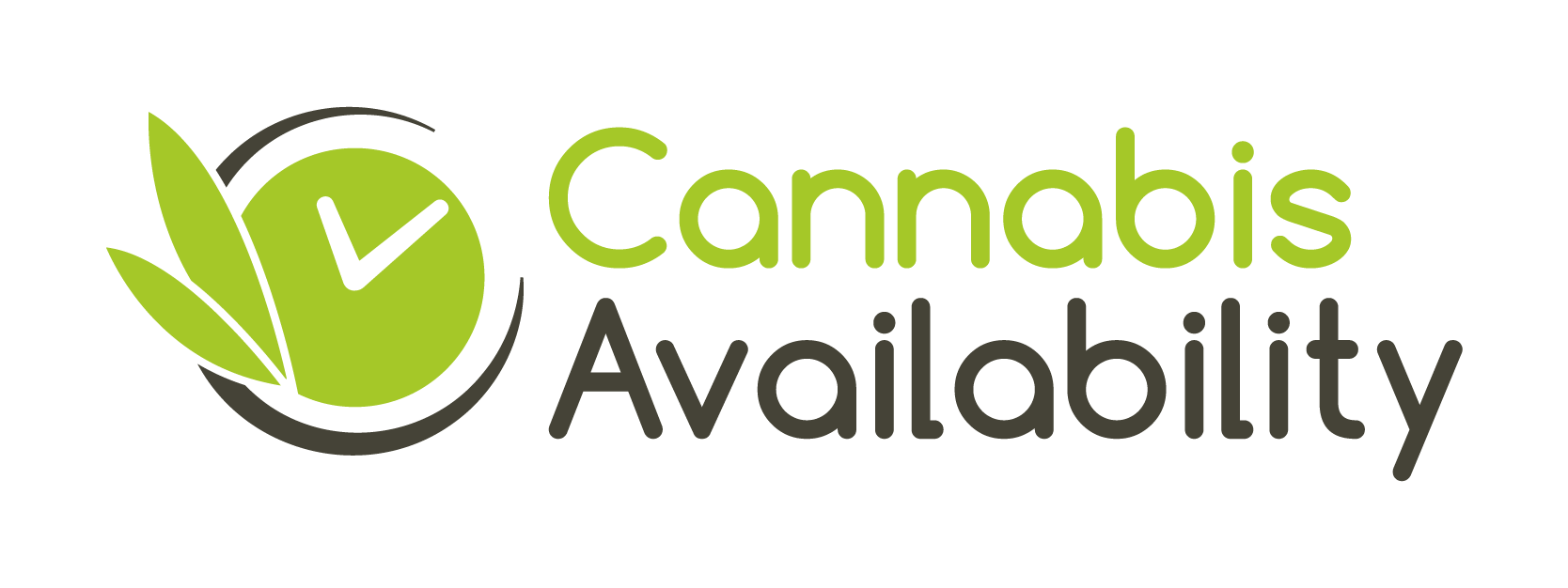In the United States, cannabis remains a state-by-state industry with no federally legal pathway for interstate commerce. That single fact explains most availability gaps. Even when two neighboring states both allow adult-use sales, licensed flower and manufactured products generally cannot cross the border; the Controlled Substances Act and federal jurisdiction over interstate trade keep supply chains fenced inside each state. Operators therefore must cultivate, process, and distribute locally, which inherently limits where a region’s signature strains can appear.
Because supply can’t freely move, “the same brand in multiple states” often means parallel, not identical, product lines. Multi-state operators and independent brands expand via in-state grows, joint ventures, or licensing agreements with local producers. The result is that a popular West Coast cultivar may show up in the Midwest under the same label, but it’s grown by a different team, in different facilities, under a different regulatory regime—so potency, terpene expression, and even SKU availability can diverge.
Local agronomy and “terroir” matter, too. Sunlight patterns, elevation, coastal fog, humidity, and soil chemistry all influence cannabinoid and terpene outcomes, which helps explain why some storied Northern California genetics express differently when grown in, say, Arizona or New Jersey. California is formalizing this idea through a Cannabis Appellations Program—modeled loosely on wine—so cultivators can codify regional standards and practices tied to origin. That framework both protects names and signals to buyers that an “appellation” product genuinely comes from a place with distinct cultivation methods and environmental factors.
Market data underscore how local ecosystems shape shelves. Production, pricing, and category mix vary widely by state—legacy West Coast markets tend to have deeper flower menus and price compression from mature supply, while newer East Coast markets often emphasize vapes and edibles early as cultivation scales up. Headset’s multi-state dashboards and state spotlights repeatedly show regional differences in category share and growth, which translate directly into what consumers can (or can’t) find.
Supply cycles add another layer. Harvest timing and canopy capacity influence strain drops and sell-outs; Leafly’s harvest reports detail state-by-state output and wholesale dynamics, showing how production swings ripple into availability and pricing. When a state’s harvest underperforms—or when demand spikes after a regulatory change—consumers feel it immediately because imports aren’t permitted to backfill local shortfalls.
Policy keeps reinforcing the regional model. Courts continue to uphold the federal prohibition’s constraints on interstate trade; recent litigation challenging the Controlled Substances Act’s reach was dismissed, leaving Gonzales v. Raich intact as the controlling precedent. Until Congress or federal agencies materially change the rules—or states activate tightly regulated interstate compacts—regional growers will remain the gatekeepers of what appears on shelves, and beloved strains will spread primarily through licensing and local cultivation rather than literal shipments.
For customers, the practical takeaway is simple: if a cultivar seems “regional,” it probably is. Look for the grower name and origin claims, understand that a brand’s “same” product may be locally produced in your state, and expect sensory differences as genetics migrate across climates and compliance regimes. Where origin standards exist (such as appellations), they can help identify authentic, place-based cannabis and set expectations for availability beyond the region.
